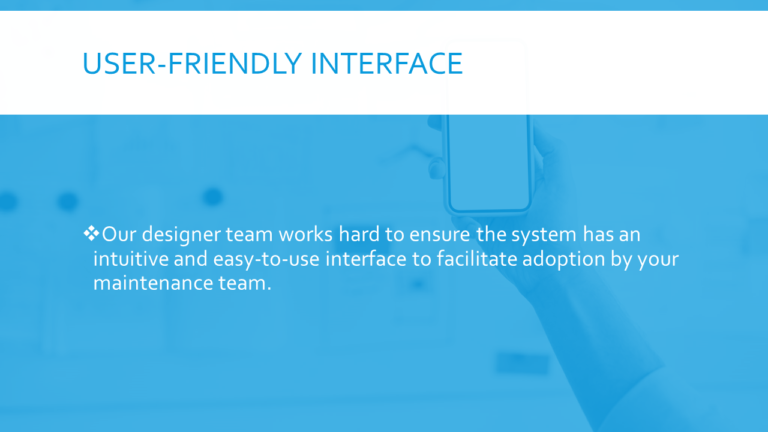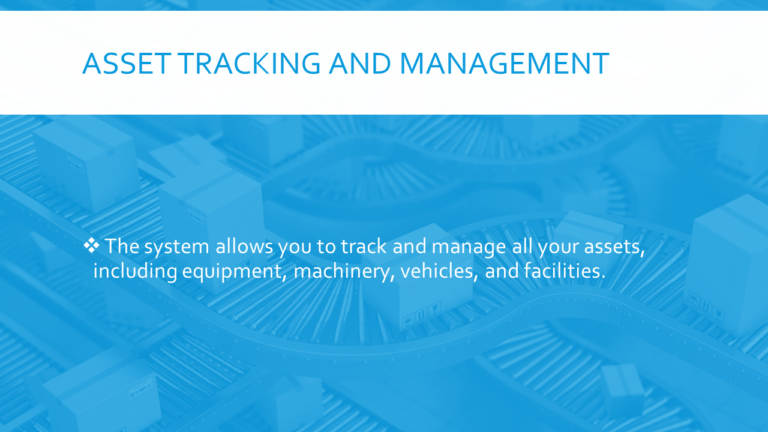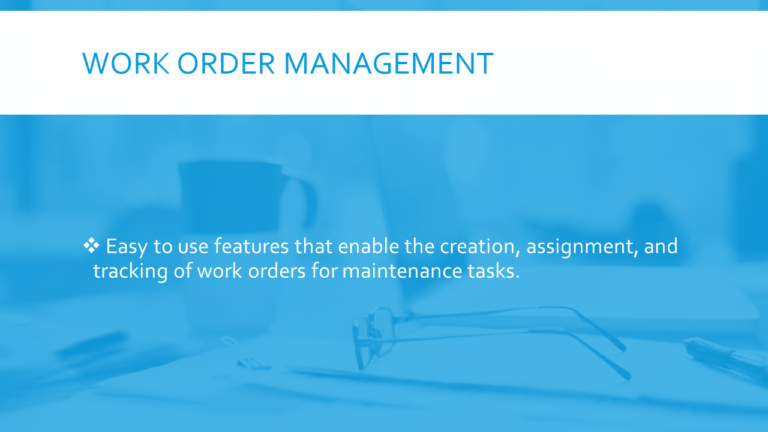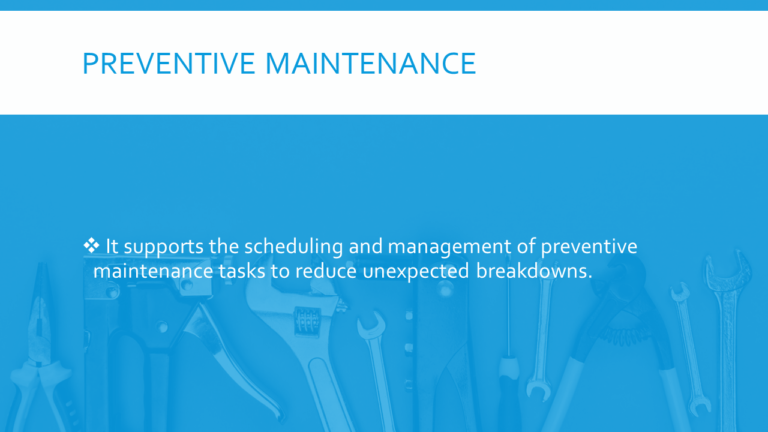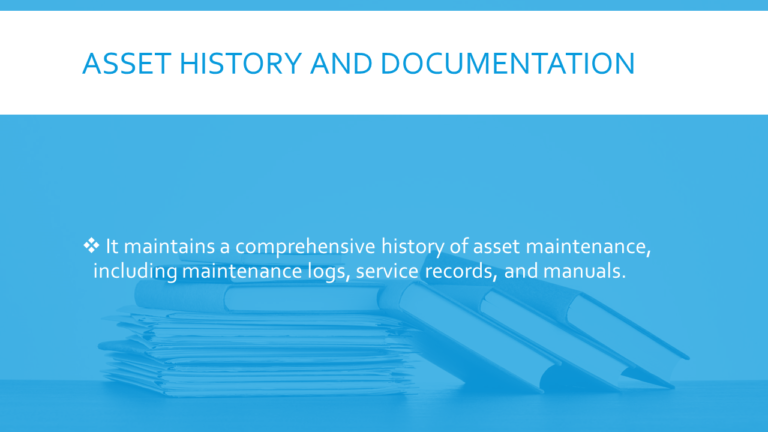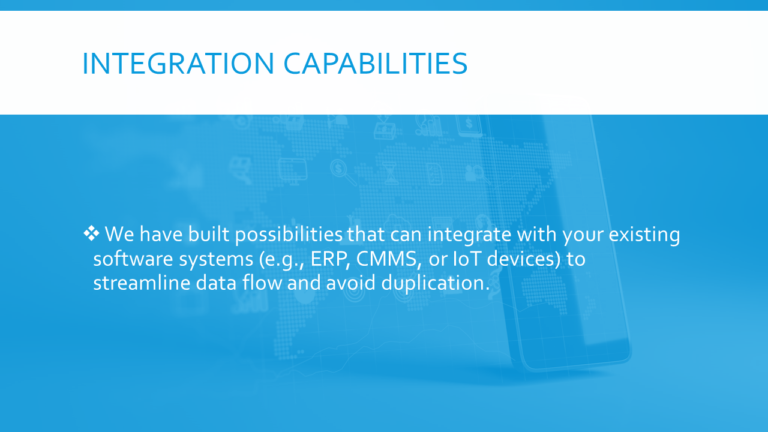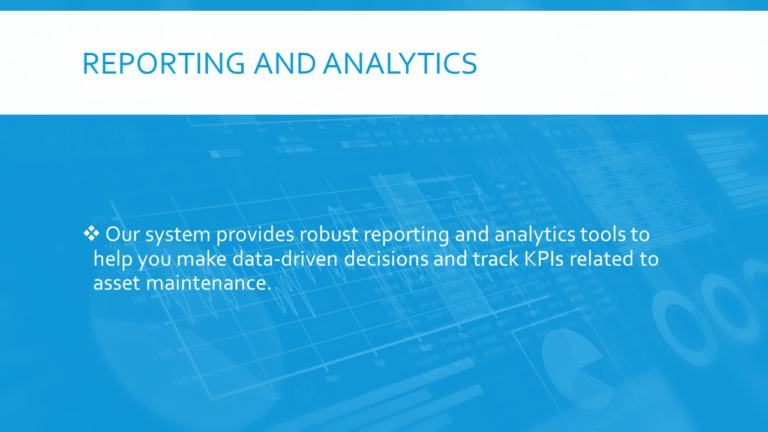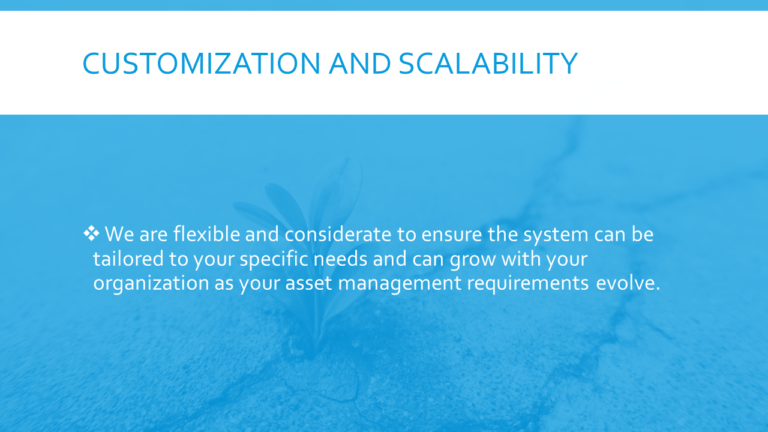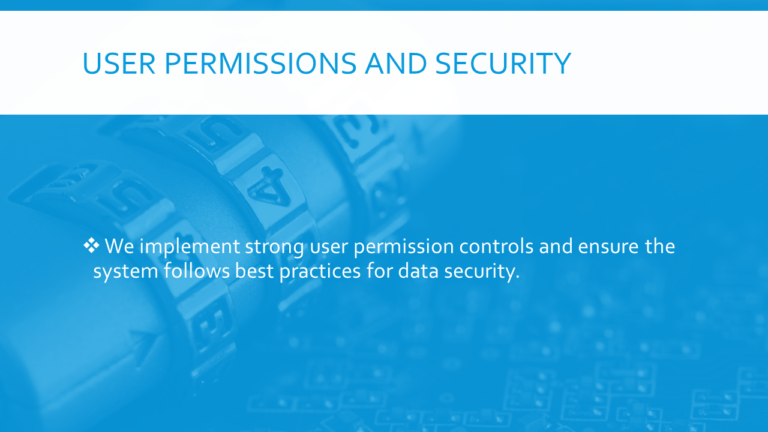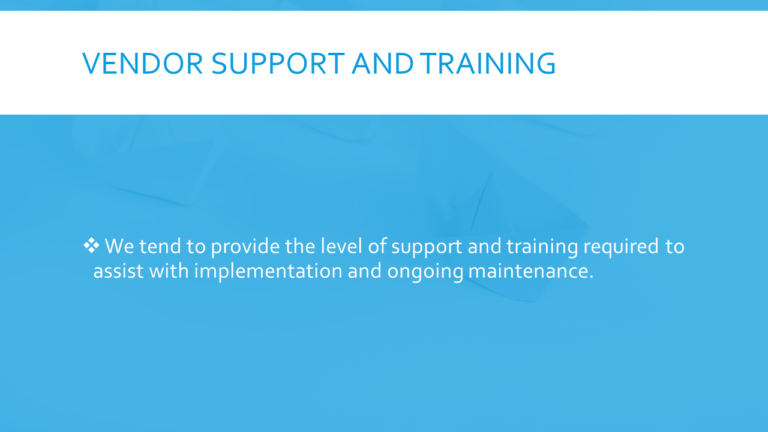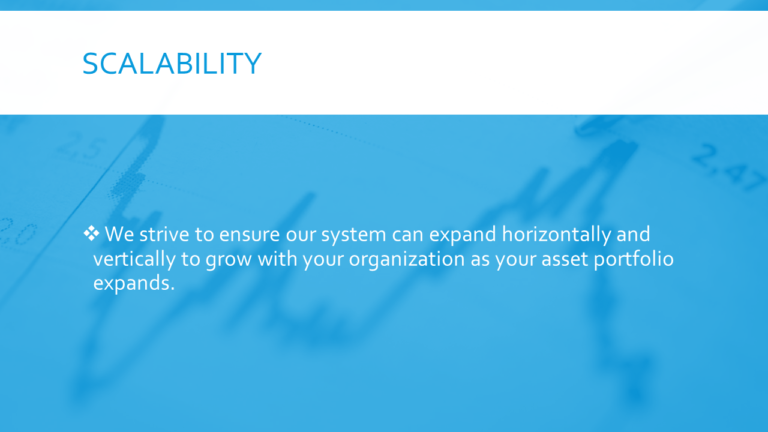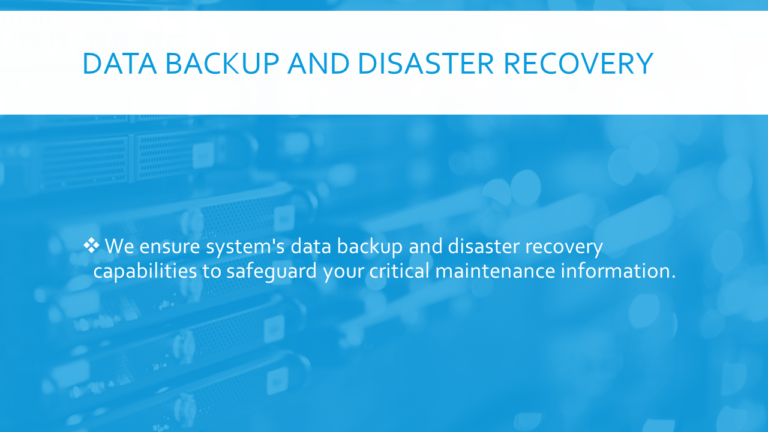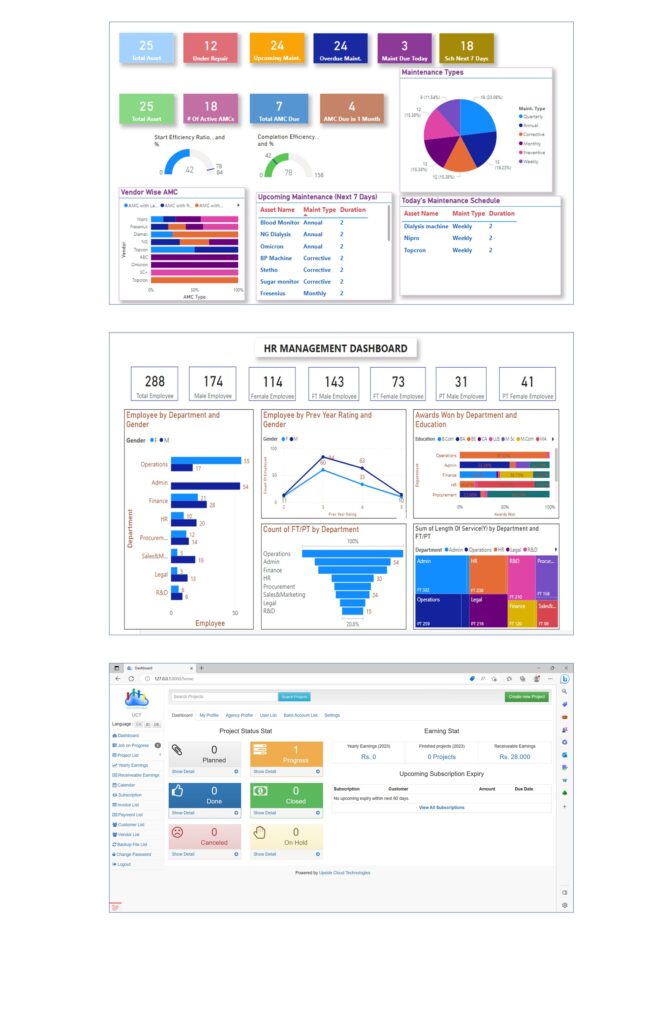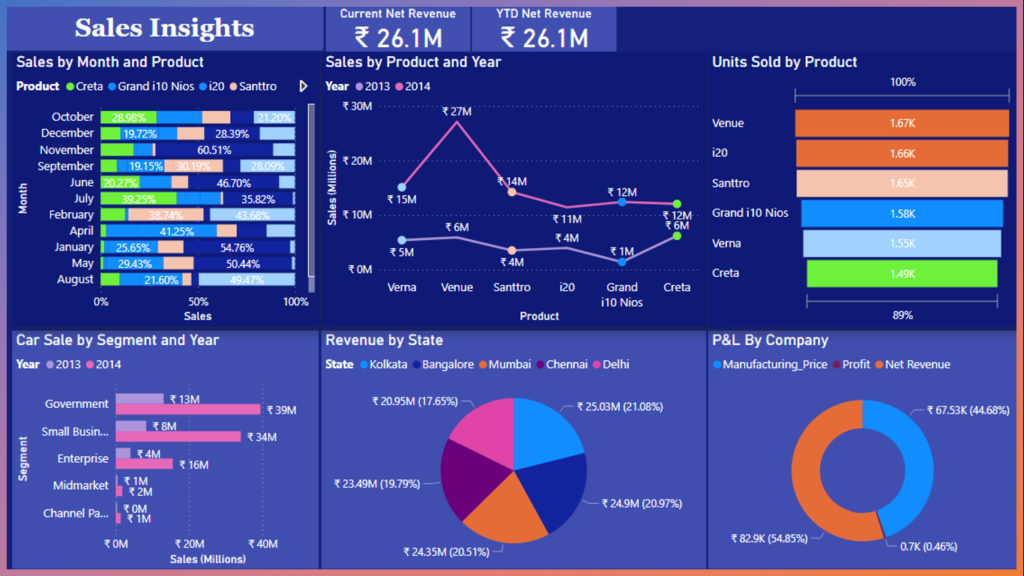Your Assets are Expensive or Valuable?
Purchasing state-of-the-art devices, equipment and machines are important for any business to stay ahead. However, the maintenance of same is equally, if not more, important that helps you keep running them efficiently year after year. A device is always valuable as long as it is in working condition and assist you in your business
So, why are we saying this?
Because using our Asset Management Software – UC-Assets, helps your team easily locate, manage and maintain, including quick and useful reports. What more… we provide interactive dashboard that helps you make faster and accurate business decision by using the simple slice-n-dice technique to view your data from different angles. UC-Assets is kind of your personal assistant who will readily answer your questions like which devices are under maintenance, when can I see a particular device working again, Is my device quite efficient to recover my investments, is there any troublesome equipment that fall sick more often, are my devices covered under warranty or AMC, who is maintaining devices in my organization
Selection of Asset Raja
For your firm to efficiently manage and maintain its assets, choosing the appropriate asset maintenance management system is essential. When assessing and selecting our System, keep the following important considerations in mind:
We appreciate you and your team selecting our Asset Management Maintenance software solution. We truly believe this decision will make a world of difference for your organization. With our software in place, you can count on us for enhanced team collaboration, improved asset management efficiency, better financial oversight, and smoother workflow processes. We’re here to support you every step of the way, and we are confident that together, we’ll help you achieve your maintenance goals and pave the path toward increased productivity and operational excellence.
Serious Role of Asset
Imaging a flour mill company without a functional grinding machine. The assets in a company are equally important and vital for any business without which the operations would come to a halt or the process would take longer duration to finish, causing business delays
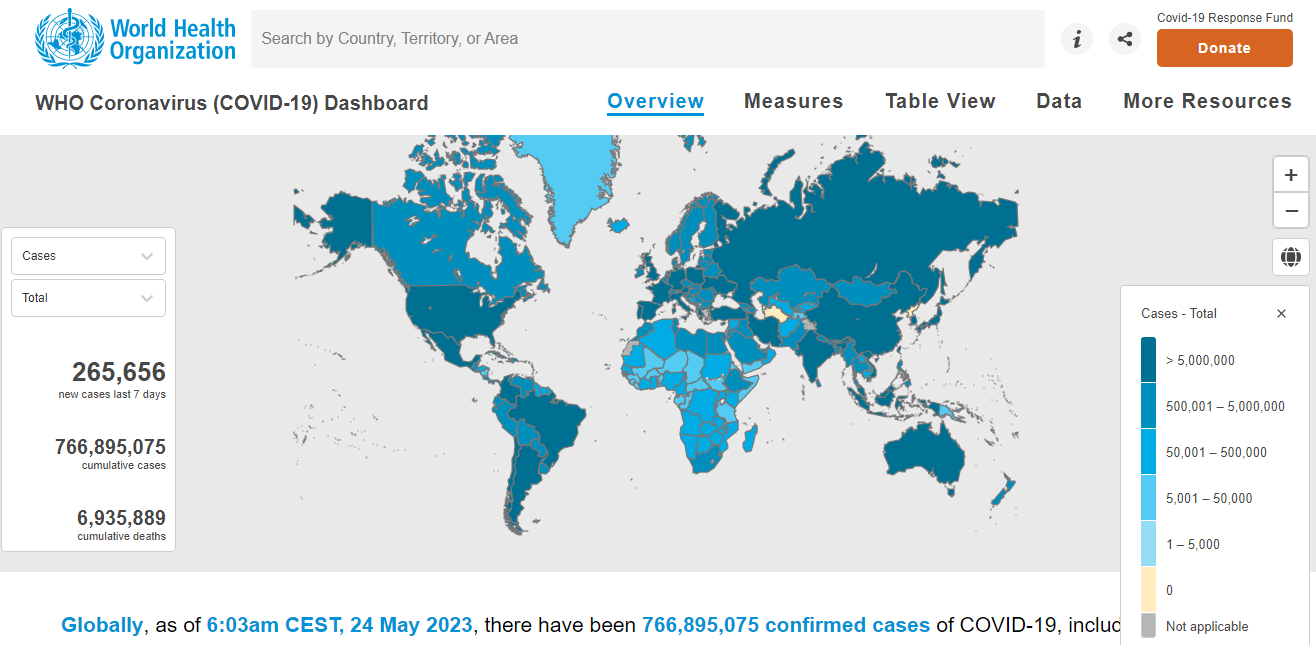
Source: WHO website https://who.int

Source: Travel Triangle
Simple yet very useful
A user should be able to launch a complaint or service request with just few clicks on their computer or even via mobile phones.
A service engineer should be able to get easy and instant notification, able to locate the device and nature of complaint, get proper planned schedule of maintenance and should have easy options to report details about the task when completed.
Give your Asset a good care
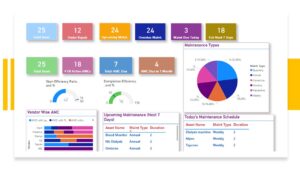
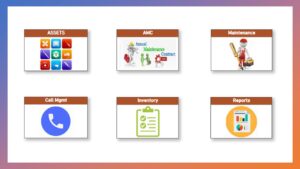
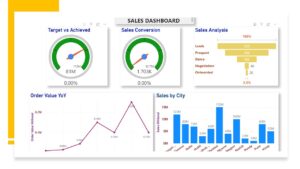
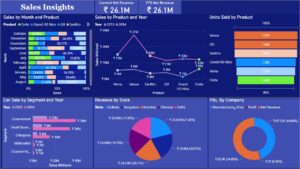
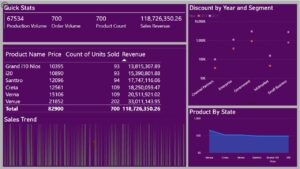
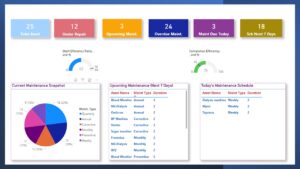
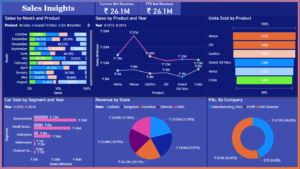
Screenshots of actual dashboards we developed for various applications. Data Source used: XLS and SQL
What we offer?
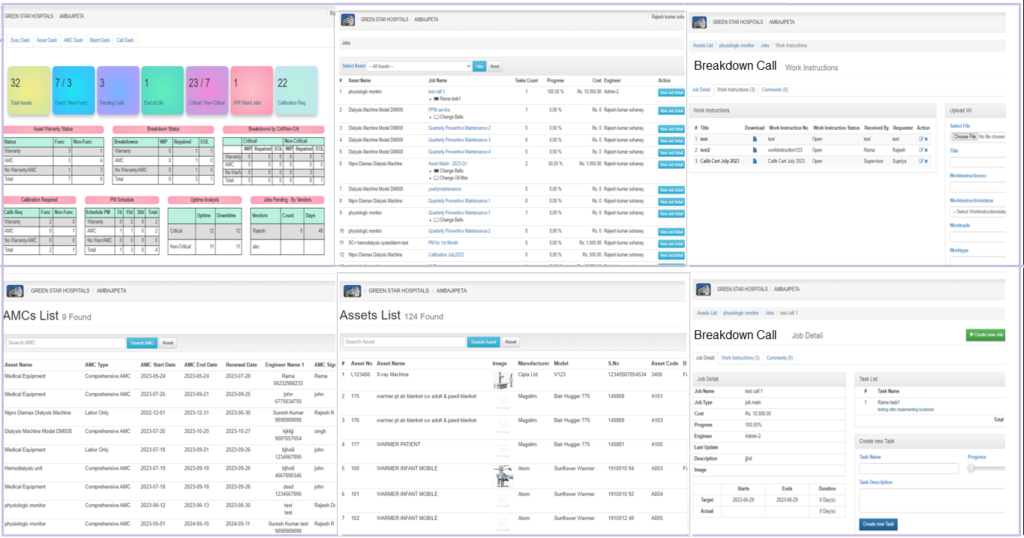
Our Asset Management is a complete suit of essential features including Asset Register, Asset Maintenance Management, Asset Call Management, Reporting, Analytics and Worksheet tools and utilities that help Maintenance Team.
AssetCare is a uniquely designed Asset Register and Asset Maintenance Management Software Solution created by the minds of asset maintenance field experts with 25+ years of experience in providing services to their Healthcare customers in India, Malaysia and more.
It is a pre-hosted cloud-based solution designed using SaaS architecture and hosted on Amazon Web Services (AWS) servers with adequate security, scalability, high-availability and available 24×7 that can be accessed anytime – anywhere using your authorized credentials and access rights.
It is barcode and QR code enabled compatible with your laptop, desktop and tab devices.
8 Tips for Asset Maintenance
These are the tips from Maintenance experts that helps keep the asset in good and working condition for longer period.
- * Avoid breakdowns, keep monitoring via Preventive Maint.
- * Easy to locate and identify at times of breakdown
- * Evaluate downtime vs uptime
- * Observe behavior of service quality
- * Maintain proper detail log of each asset
- * Maintain traceability of spares used
- * Monitor consumables and compare with factory standards
- * Get service and repairs from authorized vendors
Frequently Asked Questions
The primary use of an Asset Register is to provide an organized and up-to-date inventory of these assets, and it serves several important purposes:
1. Asset Tracking
2. Financial Reporting
3. Tax and Compliance
4. Insurance
5. Maintenance and Repairs
6. Asset Lifespan Management
7. Cost Control
8. Risk Management
9. Compliance and Auditing
10. Strategic Planning
11. Asset Depreciation
In short, an Asset Register is a valuable tool for managing an organization’s physical assets effectively, optimizing their use, minimizing risks, and ensuring compliance with financial and regulatory standards. It provides a centralized and organized repository of information that supports decision-making and financial transparency.
Asset profiling is a process used to gather and analyze detailed information about an organization’s assets. It involves creating a comprehensive profile for each asset, including both tangible and intangible assets, to better understand their characteristics, value, usage, and associated risks. Asset profiling is often part of an organization’s asset management strategy and plays a crucial role in asset management, financial planning, risk assessment, and decision-making. Here are some key aspects of asset profiling:
1. Identification: Asset profiling begins with identifying and categorizing all the assets an organization owns. This includes tangible assets like real estate, equipment, and vehicles, as well as intangible assets like patents, trademarks, and intellectual property.
2. Asset Description: Each asset is described in detail, including its name, type, location, serial number (if applicable), acquisition date, and any other relevant information. This information helps in uniquely identifying and tracking each asset.
3. Valuation: The value of each asset is determined and documented. For tangible assets, this may involve assessing their current market value or book value. For intangible assets, it can be more complex, involving valuation methods such as cost approach, market approach, or income approach.
4. Usage and Utilization: Asset profiling also includes information about how assets are used within the organization. For example, it may detail which department or project uses a particular piece of equipment, how often it is used, and its operational status.
5. Maintenance and Lifecycle: Understanding the maintenance history and estimated remaining useful life of assets is essential. Asset profiling can include records of past maintenance activities, repair costs, and projected replacement or disposal dates.
6. Risks and Compliance: The profiling process should assess the risks associated with each asset, including compliance risks. This could involve noting any regulatory requirements or compliance standards associated with certain assets.
7. Depreciation: For financial purposes, the rate of depreciation for each asset is calculated and recorded. This is important for accurately reporting the asset’s value on financial statements.
8. Security and Access Controls: For sensitive or valuable assets, asset profiling may include information about security measures in place to protect them, including access controls and monitoring.
9. Ownership and Documentation: Asset profiling ensures that ownership of assets is clearly established, and all relevant documentation (e.g., titles, certificates, licenses) is maintained and up-to-date.
10. Strategic Planning: Asset profiling provides valuable data for strategic decision-making. It helps organizations determine which assets to invest in, which to retire or sell, and how to allocate resources effectively.
Asset profiling is an ongoing process that requires regular updates and maintenance as asset information changes over time. By creating detailed profiles for each asset, organizations can better manage their assets, make informed decisions, reduce risks, and optimize their asset portfolio to align with their strategic goals. This information is particularly important in asset-intensive industries such as manufacturing, energy, and infrastructure.
Monitoring asset maintenance expense costs is crucial for several reasons:
1. Cost Control
2. Budget Planning
3. Asset Performance
4. Predictive Maintenance
5. Asset Lifespan Management
6. Compliance and Reporting
7. Resource Allocation
8. Performance Benchmarks
9. Risk Management
Total Asset Cost summary can be seen under main Dashboard.
Also, individual Asset wise maintenance expense cost can be viewed under each Asset Detailed view tab under Jobs tab.
In summary, monitoring asset maintenance expenses is essential for financial control, operational efficiency, asset performance, and long-term strategic planning. It empowers organizations to make informed decisions, reduce costs, and ensure the reliability and longevity of their assets.
A depreciation calculator is a tool used to estimate the decrease in the value of an asset over time due to wear and tear, obsolescence, or other factors. Depreciation is an important accounting concept that reflects the allocation of an asset’s cost as an expense over its useful life. There are several methods for calculating depreciation, with the most common ones being straight-line depreciation, declining balance depreciation, and units-of-production depreciation. Here’s a general overview of how a depreciation calculator typically works:
1. Input Asset Information:
– You start by providing basic information about the asset you want to calculate depreciation for. This includes the asset’s original cost or purchase price, its estimated useful life (in years or units of production), and its estimated salvage value (the asset’s residual or scrap value at the end of its useful life).
2. Select Depreciation Method:
– Next, you choose the depreciation method you want to use. Common methods include:
– Straight-Line Depreciation: This method evenly spreads the depreciation expense over the asset’s useful life, resulting in a constant annual depreciation amount.
– Declining Balance Depreciation: This method front-loads depreciation, meaning higher depreciation expenses occur in the earlier years, and it gradually decreases over time.
– Units-of-Production Depreciation: This method calculates depreciation based on the actual usage or production output of the asset.
3. Calculation:
– Based on the input information and the selected depreciation method, the calculator performs the necessary calculations to determine the depreciation expense for each accounting period (usually years) and the remaining book value of the asset at the end of each period.
4. Results:
– The calculator provides you with the depreciation expense for each period and the asset’s book value at the end of each period. This information is valuable for financial reporting and tax purposes.
Here’s a brief overview of how each of the common depreciation methods works:
– Straight-Line Depreciation: The depreciation expense is calculated by subtracting the estimated salvage value from the original cost and then dividing the result by the estimated useful life:
Depreciation Expense = (Original Cost – Salvage Value) / Useful Life
– Declining Balance Depreciation: This method applies a constant depreciation rate to the remaining book value of the asset each year. The depreciation rate is typically calculated as a percentage of the original cost or the remaining book value.
– Units-of-Production Depreciation: This method calculates depreciation based on the actual usage or production output of the asset. It divides the difference between the original cost and salvage value by the estimated total units of production or usage over the asset’s life and then multiplies this by the actual units produced or used in a given period.
The depreciation calculator automates these calculations, making it easier for individuals and businesses to determine depreciation expenses accurately for their assets, which is essential for financial reporting and tax compliance.
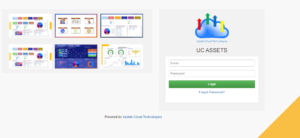
Yes, our system provides a strong yet easy to configure Role based access control
Role-based access control (RBAC) is essential in an Asset Management System (AMS) for several important reasons:
1. Data Security: RBAC ensures that only authorized personnel can access specific information and perform actions within the AMS. This helps protect sensitive asset data from unauthorized access, data breaches, and tampering.
2. Compliance: Many industries and organizations are subject to regulatory requirements regarding data privacy and security. RBAC helps ensure compliance by limiting access to only those individuals who require it to perform their job functions.
3. Risk Mitigation: Unauthorized access to asset information can lead to misuse, theft, or unauthorized changes, resulting in operational disruptions and financial losses. RBAC reduces these risks by controlling who can perform certain actions on assets.
4. Efficiency: RBAC streamlines access management by assigning roles and permissions based on job functions. This simplifies access control administration, reducing the time and effort required to manage user access.
5. Data Integrity: AMS data must remain accurate and reliable for effective asset management. RBAC prevents unauthorized users from making changes that could compromise data integrity, ensuring that asset information remains trustworthy.
6. Auditability: RBAC provides a clear audit trail by associating each action within the AMS with a specific user role. This allows organizations to track who accessed what data and performed which actions, which is valuable for compliance and accountability.
7. Minimized Human Error: Limiting access to relevant roles reduces the chances of human errors, such as accidental data deletion or incorrect asset modifications, as only authorized individuals with the necessary expertise can make changes.
8. Customization: RBAC allows organizations to tailor access permissions to their specific needs. Different roles can be created to match the organization’s hierarchy and job functions, ensuring that each user has precisely the level of access required for their role.
9. Scalability: As organizations grow or change, RBAC can easily adapt to accommodate new roles and access requirements. This scalability is important for maintaining security and efficiency as the AMS evolves.
10. Employee Turnover: With RBAC, it’s easier to manage access when employees join or leave the organization. User accounts can be easily activated, deactivated, or updated according to their roles, reducing the risk of unauthorized access after an employee’s departure.
In summary, role-based access control is a fundamental security measure in an Asset Management System. It helps safeguard data, ensure compliance, reduce risks, and maintain operational efficiency by granting access to asset information and actions only to authorized individuals based on their roles and responsibilities within the organization. This approach is essential for effective asset management and data protection.
Go to Dashboard in the Main Menu (left panel), then select the “HO” tab.
On top, select “All Locations” to view consolidated figures from all units or locations. You have option to chose a particular location or unit from the Dropdown on the top, to view Dashboard pertaining to that particular location or unit.
No. Your hospital data is only visible to your hospital staff, logging via their authorized user credentials. In case a user is associated with a particular location, she/he can only see the data pertaining to their location. Only a user with Admin rights, can see data from different locations, within the same hospital or organization.
In short, you cannot see other organization or hospital data, as they also cannot see your data.
Call Management has call register to record all calls initiated by users to the support staff. This is also know as customer support staff. Each call gets a unique ticket id and has a workflow based life-cycle, from open calls to pending, to WIP, to Completed, to Closed. These statuses can be configured as per your Hospital or organization requirement.
Yes, it is configurable as per your Hospital or Organization needs if you wish to have it manual or automatic. Our Implementation and support engineers will assist you to understand your requirement, logic of automatic numbering, configuring and setting up during implementation.
Asset Insurance Module is an Add-on module, if you have subscribed and using it, Asset Insurance will be enabled and will allow you to capture Insurance data, history, Insurance Claims, expiry /renewal reminders.
Yes!
Our system is Web-based hosted on server that allows you to access anytime anywhere 24×7.
It has been designed in such a way that it works even in remote areas or conditions where internet access is slow or weak, even using mobile data it can be operated.
Usually barcode is generated automatically by the system when you create the Asset.
Contact your Admin or our Customer Support executive, they would review the implementation plan if that includes Barcode automation or manual creation.
Contact your Admin or our Customer Support executive, they would review the agreement and your purchase order if that includes Barcode Printer/sticker/device.
There are 2 options to add a PM or PPM job for each asset.
a) Go to Asset and create the PM schedule under Jobs Tab
b) While creating or editing Asset, select the PM Frequency and system will Auto-Generate the PM jobs scheduled as per PM frequency, you can find these jobs under Jobs tabs.
Yes, our system is mobile compatible and most of the features are mobile compatible. Some features, such as CREATE of assets, jobs, AMC are recommended to be done only via Web Browsers on a laptop or PC as this needs a wider space.
The Uptime and/or Downtime of the Asset can be viewed under the dashboard. The downtime is calculated based on the Actual Start Datetime and Actual End Datetime of each maintenance job.
You can set the value for “Calibration Required” as Yes, for the respective asset.
This will help in Dashboard to list the count of Assets that needs Calibration.
In the 2nd level of Dashboard or the drill down, you may also see the breakup of such Assets that needs Calibration.
In the Asset Register screen during Create or Edit, you may add these details including Warranty, AMC and Service related document.
You may look for respective Tabs under Asset view or Edit then select AMC, Warranty or Service then add details
Usually the implementation team would assist in setting up your Hospital or organization logo and profile at the time of initial setup. However, in case you wish to change the logo or profile details or you find it is missing and wish to update, then you may go to Admin Menu on the left panel, select Hospital, then click on the Edit icon on the right side. Then click on the “Choose File” under Logo and upload the desired logo file. Please ensure, the file you are trying to upload must be a .png or .jpg or .jpeg file with max size up to 200 kb.
In case you have further queries or need assistant, please feel free to contact our Customer Support and they will be glad to help you upload the logo file or profile data.
Please contact your Admin or Support Contact immediately. It is likely that your subscription period has expired and needs renewal.
In addition you may also check with other users in your hospital or organization, as usually the subscription is for batch of users or at entire organization level.
Yes, our system can be configured for multiple locations or multiple units under the same Hospital or Organization.
Each location or unit will have their own set of users as per their roles.
Each user will get their authorized credentials and role mapping that will allow them to use features and navigate in the system to their authorized screens, features and reports.
A Hospital or Organization admin can create and configure user access.
Contact
Do you have Asset related queries?
- info@upsidecloudtechnologies.com
- Strategic Dashboard
- Operational Dashboard
- Analytical Dashboard
- Tactical Dashboard
